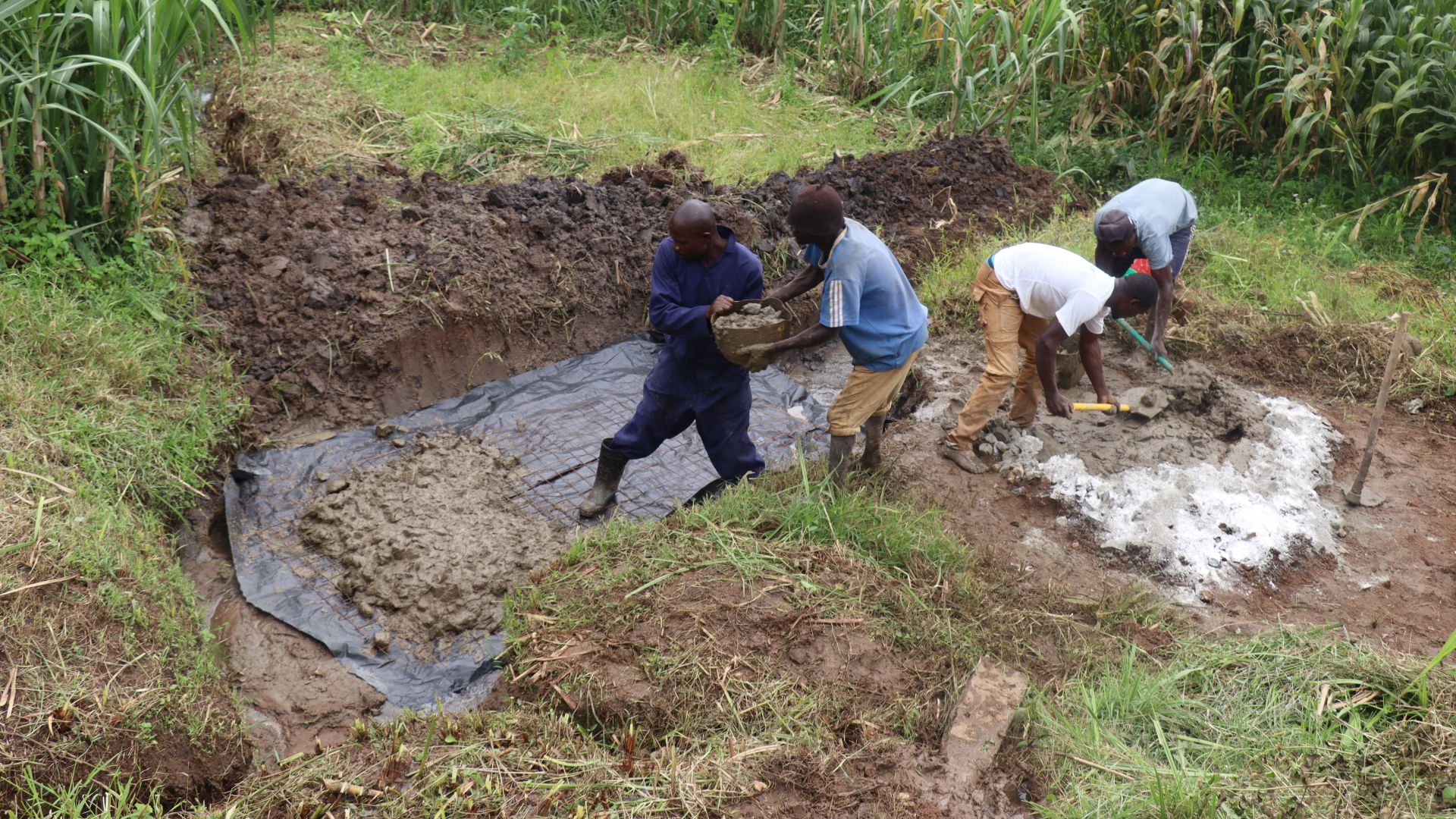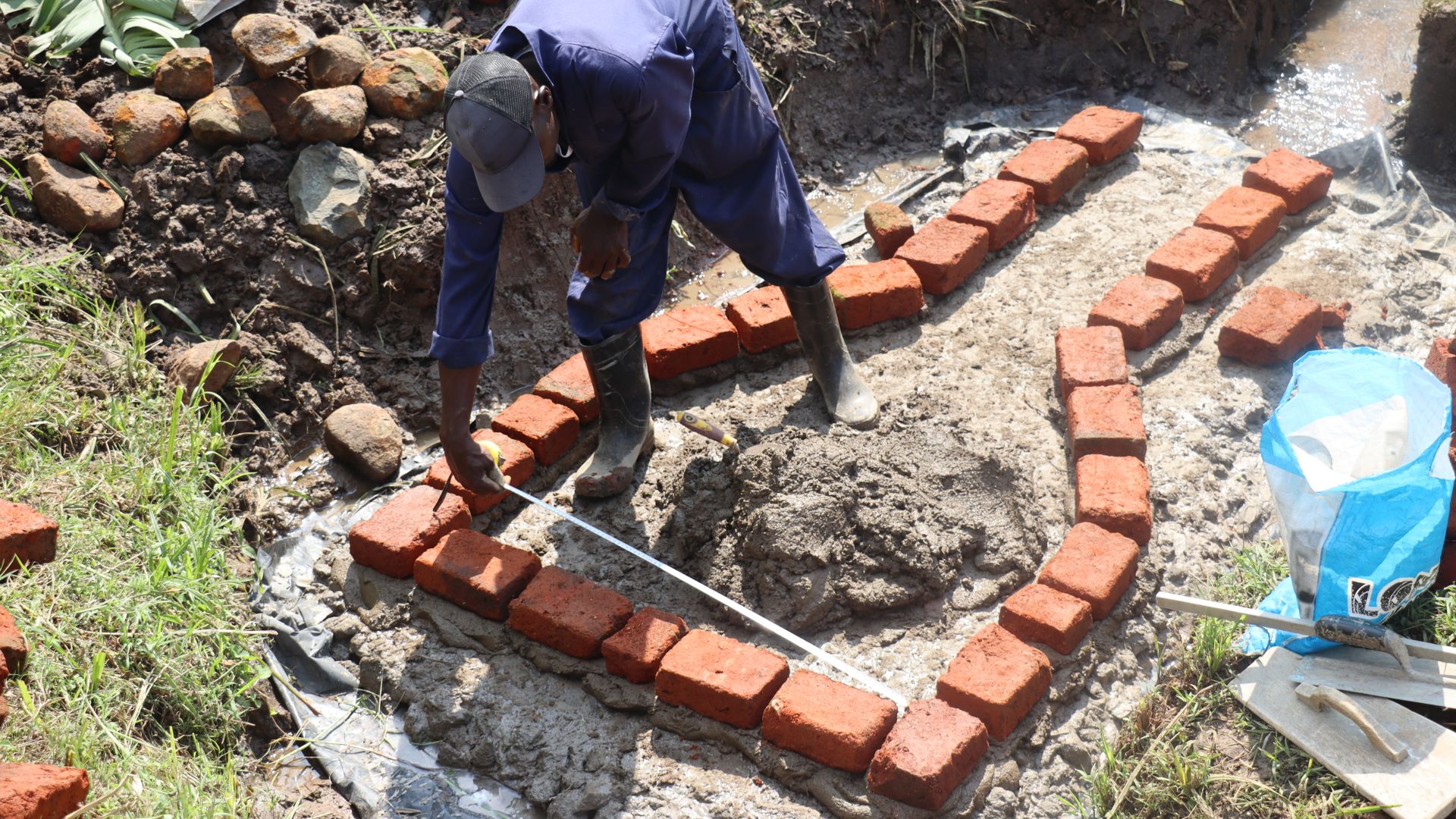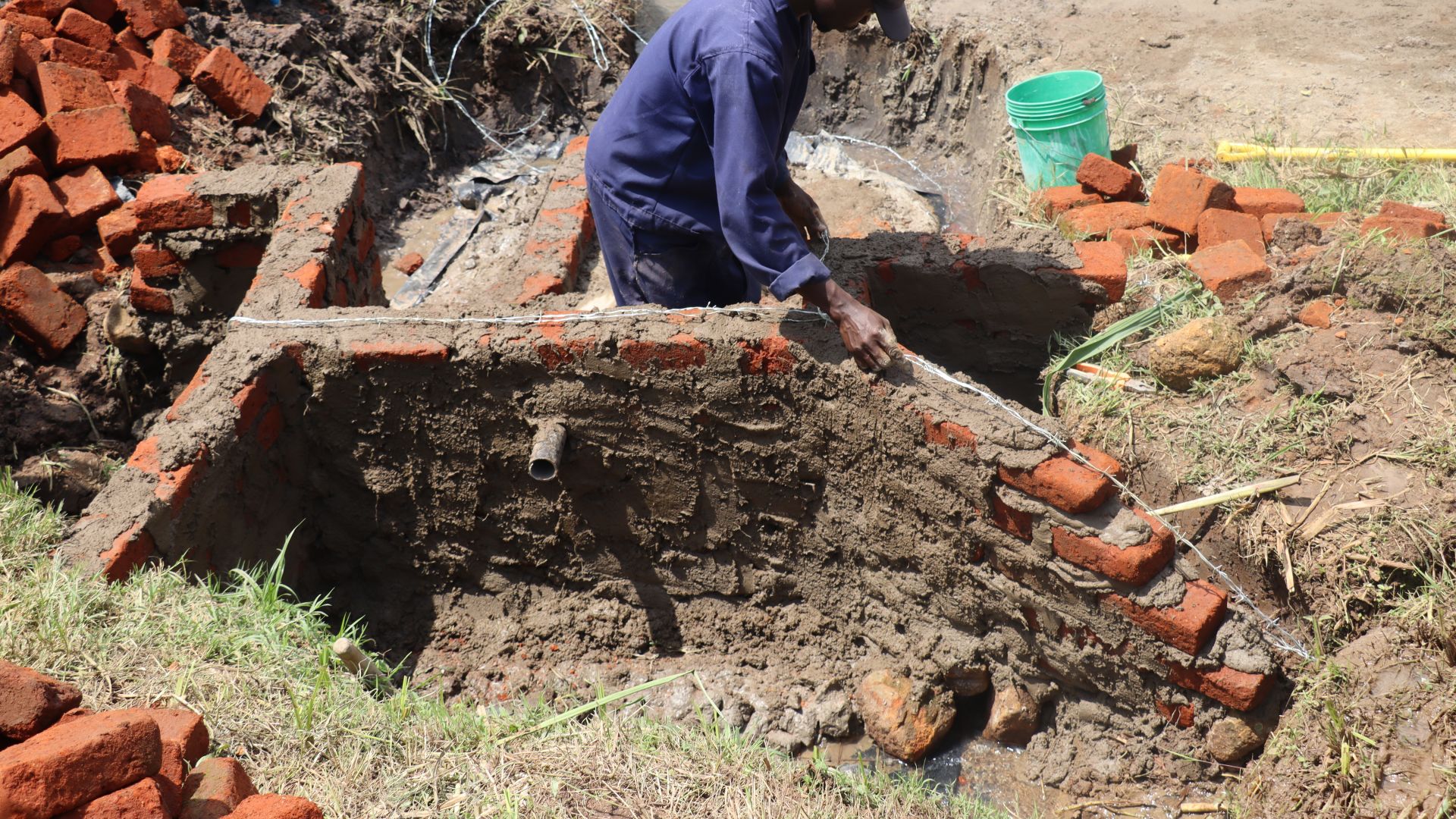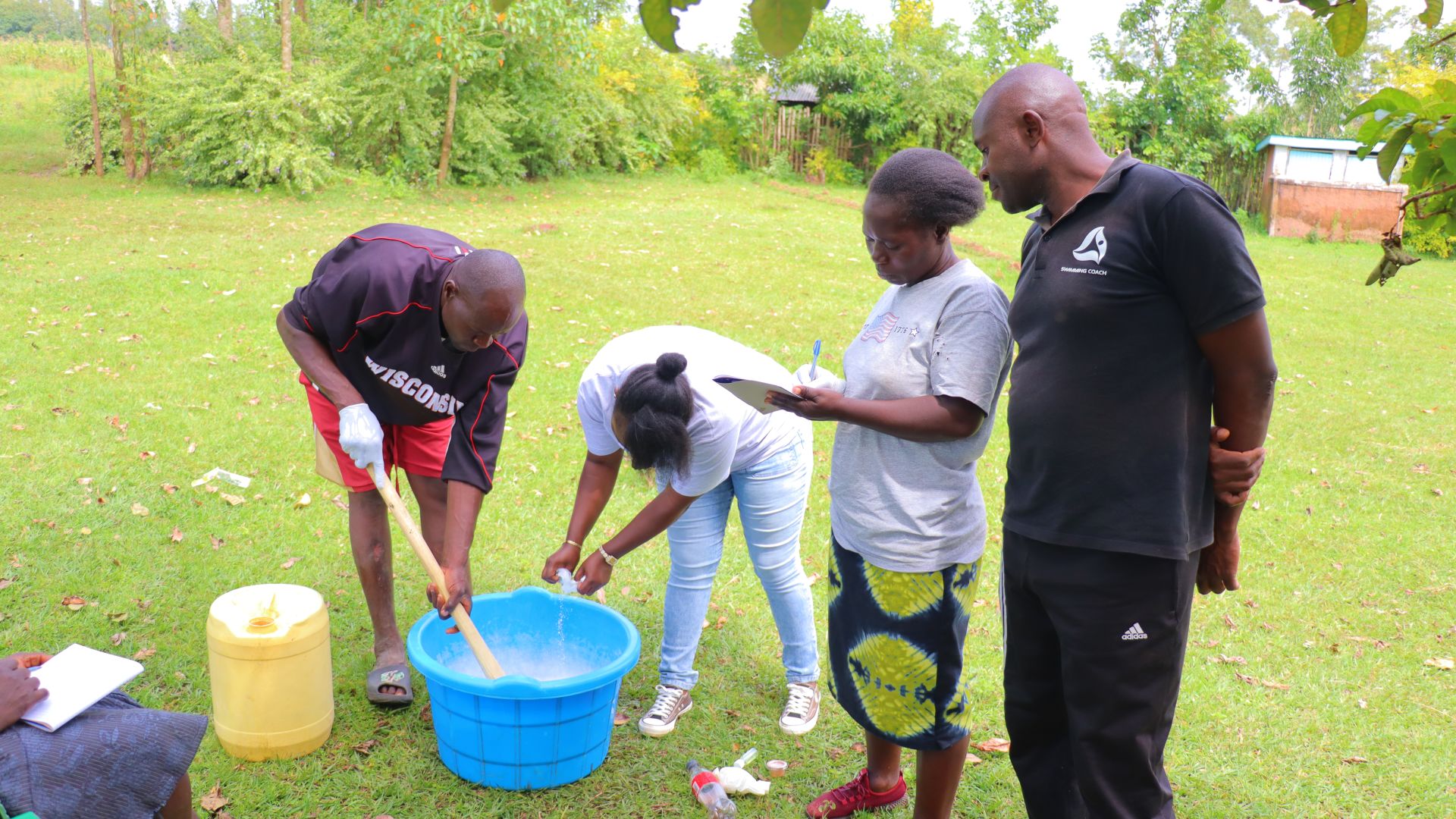The 140 people of the Eshabaka community rely on unprotected Aura Spring as their primary water source. The spring is overcrowded, costing people their valuable time, and the work they do to collect the water is in vain because it is contaminated.

"The spring is situated at the base of a small hill, surrounded by dense vegetation. It is accessible via a narrow dirt path, which is frequently used by community members, especially women and children, who are primarily responsible for collecting water. The water flows from the ground naturally, pooling in a shallow depression before it is collected. Due to the lack of protective infrastructure, the water is exposed to various contaminants," shared Field Officer Mercy while describing the unprotected spring.

"Community members often report issues with the water being muddy, especially after rain. And there have been instances of livestock trampling the area, further contributing to contamination. Also, [the] water is brown after fetching, and one has to wait for a while for it to settle," continued Mercy.
Fifty-one-year-old farmer Sarah Aura shared that she often spends much of her day collecting water. Each visit takes her up to thirty minutes, and she has to collect water four times a day, twice in the morning and twice at night.

Sarah.
"Water is a necessity. We cannot perform our daily today routines smoothly without access to water. We need water to survive," said Sarah. "Queueing consumes a lot of time, and the spring is usually overcrowded. People usually fall with water on their heads, and some even get injured badly."
"It worries me a lot, but it is the only source we can access."
Wasted time is not the only consequence Sarah experiences. Sarah and her family members have also suffered from waterborne illnesses that steal their resources and health, making it difficult to make progress in life.
"[We have] low or even lack of income because we cannot be productive while sick. Also, [my] children miss school because they fall sick. Going to the hospital consumes our income," said Sarah.
Sarah and her family are struggling, but she has not lost hope. She believes that if they can access clean, safe water, their future can be different.
"Access to clean and safe water [will mean] our children will not miss school due to lack of income or falling sick from drinking contaminated water."

Sarah at home.
"Our proposed water solution aims to construct a protected spring to ensure a reliable source of clean and safe drinking water for the community. This intervention will address several critical issues faced by the community, leading to wide-ranging benefits for health, [the] environment, [the] economy, and social well-being. With cleaner water, children will experience fewer episodes of diarrhea and other illnesses, resulting in better growth, cognitive development, and overall well-being," concluded Mercy.
Steps Toward a Solution
Our technical experts worked with the local community to identify the most effective solution to their water crisis. They decided to safeguard the existing flowing spring.
Spring Protection
Springs are natural water sources that originate from deep underground. As water travels through various layers of the earth, it undergoes a natural filtration process, making it cleaner and safer to drink. To protect these spring sources from contamination, we construct a waterproof cement structure around layers of clay, stone, and soil. This design channels the spring water through a discharge pipe, facilitating easier, faster, and cleaner water collection.
Chlorine Dispenser
As an extra measure towards water quality safety, uniquely engineered chlorine dispensers are installed at all of our spring protection projects so community members can treat their water with pre-measured doses of chlorine. The chlorine treats any residual contamination and stays active for two to three days, ensuring water stays safe to use even when stored at home. Chlorine delivery and maintenance of the dispensers are part of our ongoing community support.
Community Education & Ownership
Hygiene and sanitation training are integral to our water projects. Training is tailored to each community's specific needs and includes key topics such as proper water handling, improved hygiene practices, disease transmission prevention, and care of the new water point. Safe water and improved hygiene habits foster a healthier future for everyone in the community. Encouraged and supported by the guidance of our team, a water user committee representative of the community's diverse members assumes responsibility for maintaining the water point, often gathering fees to ensure its upkeep.
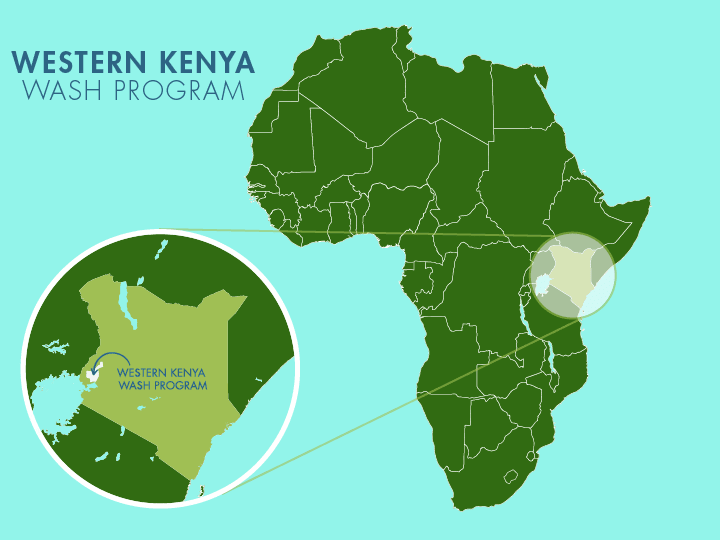
 Protected Spring
Protected Spring
 Rehabilitation Project
Rehabilitation Project














